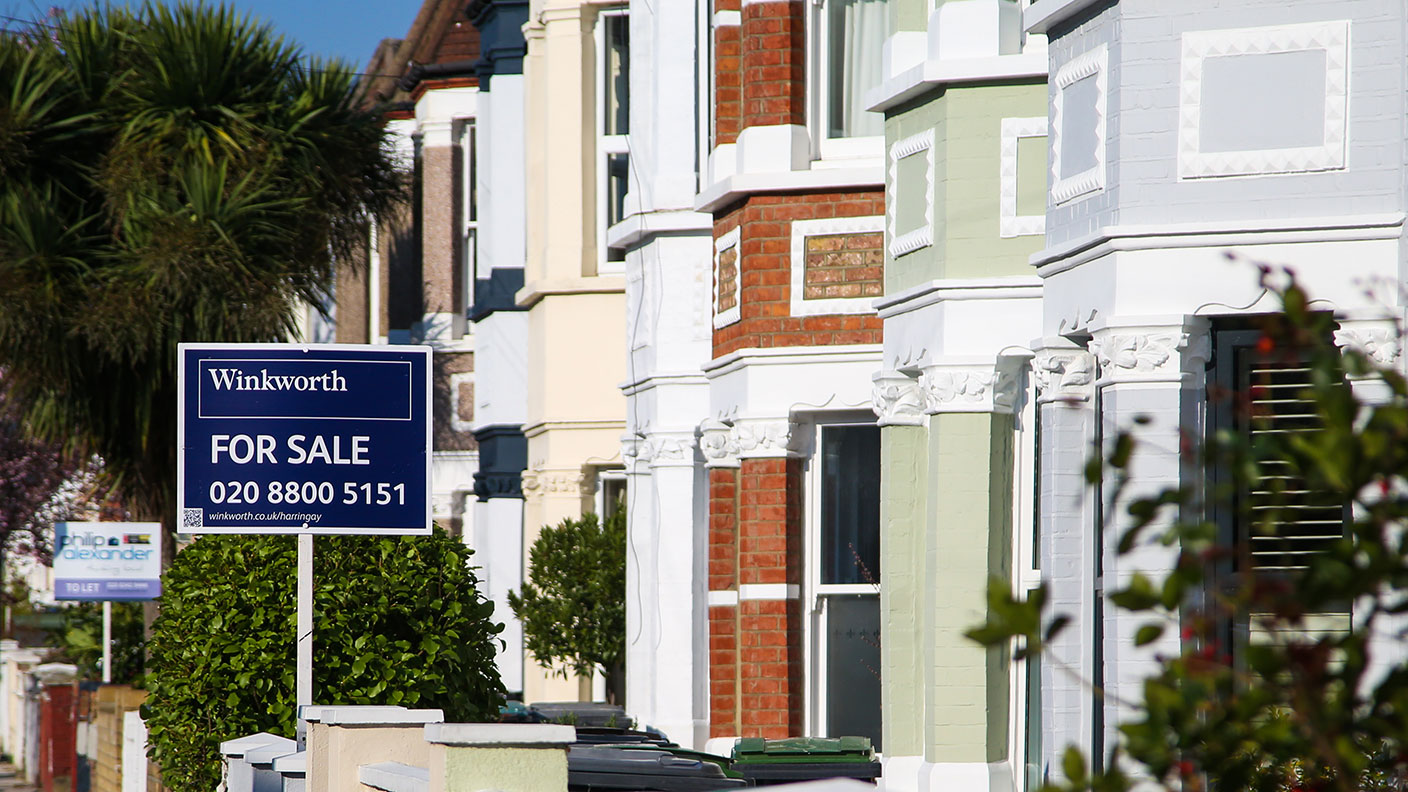Why Britain has the nastiest new homes in Europe
Housebuilders are building the smallest, meanest properties they can get away with. That needs to be fixed – by regulation if necessary.

I wrote in last week's magazine aboutthe myth of tiny UK houses.Most people think that the average size of a UK home is smaller than the average size of any other European home. It isn't. The simple truth is that UK houses are on average roughly the same size as houses everywhere else in Europe around 95 square metres.
That doesn't mean that we don't have a problem. We do: our new houses are genuinely tiny. New houses built in the private sector average a mean 76 square metres. The question is, why?
Matthew Lynn puts it down to planning.I'm not so sure on that if you read this old blog post, you will see that there isn't nearly as much of a problem with planning as most people think London is awash with new developments and there are some 400,000 as yet unbuilt houses in the UK with full planning permission.
MoneyWeek
Subscribe to MoneyWeek today and get your first six magazine issues absolutely FREE

Sign up to Money Morning
Don't miss the latest investment and personal finances news, market analysis, plus money-saving tips with our free twice-daily newsletter
Don't miss the latest investment and personal finances news, market analysis, plus money-saving tips with our free twice-daily newsletter
So, if that's not the problem, what is? One answer from the New Home Blog is thatthe UK has no minimum build standards for private homes. We have a long history of imposing size requirements or at least firm suggestions on housebuilders (you can read the full history inthis remarkably comprehensive reportwritten for the Greater London Authority a few years ago) but at the moment, outside the London guidelines at least, anything that bumps up your margins, and that you can disguise successfully in a show home, goes.
This isn't the case elsewhere many other European countries set minimum sizes with either regulation or via fiscal incentives. The same is true invarious municipalities in the US.
And it makes sense. Tiny houses aren't good for anyone except housebuilders. The Royal Institute of British Architects likes the idea,and so does the National Housing Federation.
Clearly the House Builders Federation (HBF) doesn't fancy it so much given the amount people can afford to pay for houses it is more likely to hit their margins than to hit end prices. But their stated reason for rejecting it that they only build what the market demands really doesn't stack up.
As the report I mentioned above notes "there seems to be a mis-match between homebuyers' preferences and what the market is providing. Homebuyers express a preference for houses rather than flats, more bedrooms and larger rooms for living and storage." Given all this I suspect that minimum living space standards might be worth more discussion than they get at the moment.
Get the latest financial news, insights and expert analysis from our award-winning MoneyWeek team, to help you understand what really matters when it comes to your finances.
Merryn Somerset Webb started her career in Tokyo at public broadcaster NHK before becoming a Japanese equity broker at what was then Warburgs. She went on to work at SBC and UBS without moving from her desk in Kamiyacho (it was the age of mergers).
After five years in Japan she returned to work in the UK at Paribas. This soon became BNP Paribas. Again, no desk move was required. On leaving the City, Merryn helped The Week magazine with its City pages before becoming the launch editor of MoneyWeek in 2000 and taking on columns first in the Sunday Times and then in 2009 in the Financial Times
Twenty years on, MoneyWeek is the best-selling financial magazine in the UK. Merryn was its Editor in Chief until 2022. She is now a senior columnist at Bloomberg and host of the Merryn Talks Money podcast - but still writes for Moneyweek monthly.
Merryn is also is a non executive director of two investment trusts – BlackRock Throgmorton, and the Murray Income Investment Trust.
-
 House prices to crash? Your house may still be making you money, but not for much longer
House prices to crash? Your house may still be making you money, but not for much longerOpinion If you’re relying on your property to fund your pension, you may have to think again. But, says Merryn Somerset Webb, if house prices start to fall there may be a silver lining.
-
 Prepare your portfolio for recession
Prepare your portfolio for recessionOpinion A recession is looking increasingly likely. Add in a bear market and soaring inflation, and things are going to get very complicated for investors, says Merryn Somerset Webb.
-
 Investing for income? Here are six investment trusts to buy now
Investing for income? Here are six investment trusts to buy nowOpinion For many savers and investors, income is getting hard to find. But it's not impossible to find, says Merryn Somerset Webb. Here, she picks six investment trusts that are currently yielding more than 4%.
-
 Stories are great – but investors should stick to reality
Stories are great – but investors should stick to realityOpinion Everybody loves a story – and investors are no exception. But it’s easy to get carried away, says Merryn Somerset Webb, and forget the underlying truth of the market.
-
 Everything is collapsing at once – here’s what to do about it
Everything is collapsing at once – here’s what to do about itOpinion Equity and bond markets are crashing, while inflation destroys the value of cash. Merryn Somerset Webb looks at where investors can turn to protect their wealth.
-
 ESG investing could end up being a classic mistake
ESG investing could end up being a classic mistakeOpinion ESG investing has been embraced with enormous speed and zeal. But think long and hard before buying in, says Merryn Somerset Webb.
-
 UK house prices will fall – but not for a few years
UK house prices will fall – but not for a few yearsOpinion UK house prices look out of reach for many. But the truth is that British property is surprisingly affordable, says Merryn Somerset Webb. Prices will fall at some point – but not yet.
-
 This isn’t the stagflationary 1970s – but neither is it the low-rate world of the 2010s
This isn’t the stagflationary 1970s – but neither is it the low-rate world of the 2010sOpinion With soaring energy prices and high inflation, it might seem like we’re on a fast track back to the 1970s. We’re not, says Merryn Somerset Webb. But we’re not going back to the 2010s either.


